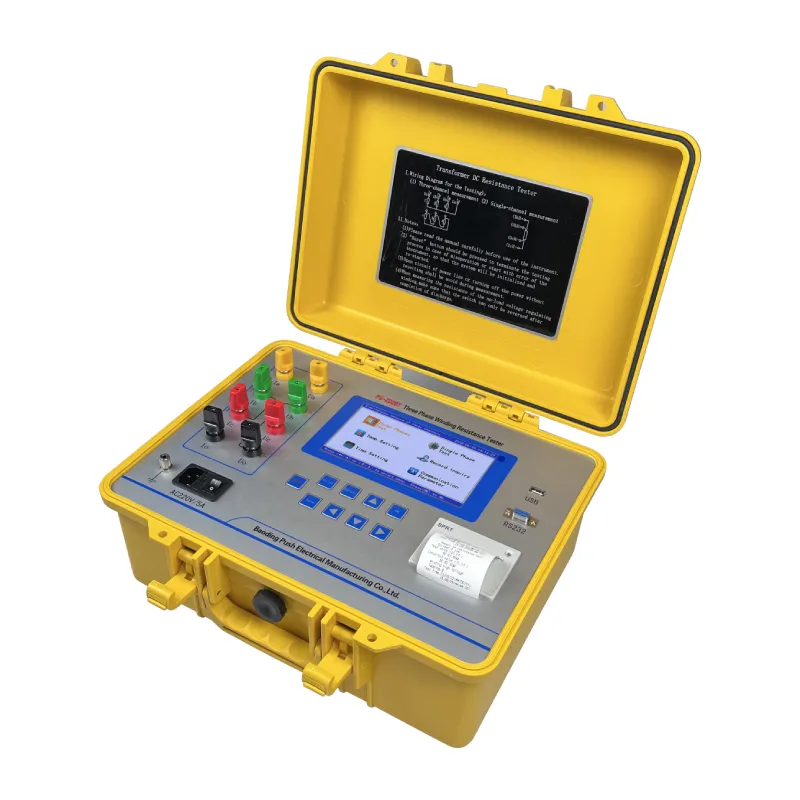 English
English


gcms testing
Understanding GC-MS Testing A Comprehensive Overview
Gas Chromatography-Mass Spectrometry (GC-MS) is a powerful analytical technique widely used in various fields such as forensic science, environmental monitoring, and pharmaceuticals. The combination of gas chromatography (GC) and mass spectrometry (MS) allows for the separation and identification of complex mixtures of chemicals with high sensitivity and specificity.
Principles of GC-MS
GC-MS operates in two main stages. The first stage involves gas chromatography, where a sample is vaporized and injected into a chromatographic column. This column is often packed or coated with a stationary phase that interacts with the molecules in the sample. As the sample moves through the column, its components are separated based on their volatility and affinity to the stationary phase. Compounds that interact less with the stationary phase elute faster, while those that interact more take longer to arrive at the detector.
The second stage, mass spectrometry, comes into play after separation. The eluted compounds are ionized, usually by electron impact or chemical ionization, producing charged particles (ions). These ions are then sorted based on their mass-to-charge ratio (m/z) and detected. The resulting mass spectrum provides detailed information about the molecular weight and structure of the compounds present in the sample.
Applications of GC-MS
GC-MS serves a diverse range of applications. In forensics, it plays a critical role in drug testing, toxicology, and the identification of unknown substances. Forensic scientists can match substances to known profiles, aiding in criminal investigations. In environmental science, GC-MS is utilized to analyze pollutants in air, water, and soil, helping regulators ensure compliance with safety standards. It is also invaluable in the pharmaceutical industry for drug development and quality control, where it assists in identifying active ingredients and contaminants in formulations.
gcms testing

Advantages of GC-MS
One of the key advantages of GC-MS is its high sensitivity, allowing for the detection of compounds at very low concentrations. The technique is also highly specific; the mass spectrometer can discern between compounds that may have similar retention times in the gas chromatograph. Furthermore, GC-MS provides quantitative analysis, enabling precise measurements of substance concentrations, which is crucial for regulatory compliance and research purposes.
Limitations
Despite its strengths, GC-MS has limitations. It primarily analyzes volatile and semi-volatile compounds, meaning non-volatile substances, such as certain biomolecules, may require different methods. Sample preparation can also be time-consuming, and the equipment is relatively expensive, which can limit accessibility for smaller laboratories.
Conclusion
In conclusion, GC-MS testing is an essential analytical tool that offers significant insights across various sectors. Its ability to separate, identify, and quantify diverse chemical compounds makes it indispensable in today’s scientific landscape. As technology advances and new applications emerge, GC-MS is expected to remain a cornerstone of analytical chemistry, driving progress and innovation in research and industry alike.
-
Differences between open cup flash point tester and closed cup flash point testerNewsOct.31,2024
-
The Reliable Load Tap ChangerNewsOct.23,2024
-
The Essential Guide to Hipot TestersNewsOct.23,2024
-
The Digital Insulation TesterNewsOct.23,2024
-
The Best Earth Loop Impedance Tester for SaleNewsOct.23,2024
-
Tan Delta Tester--The Essential Tool for Electrical Insulation TestingNewsOct.23,2024





